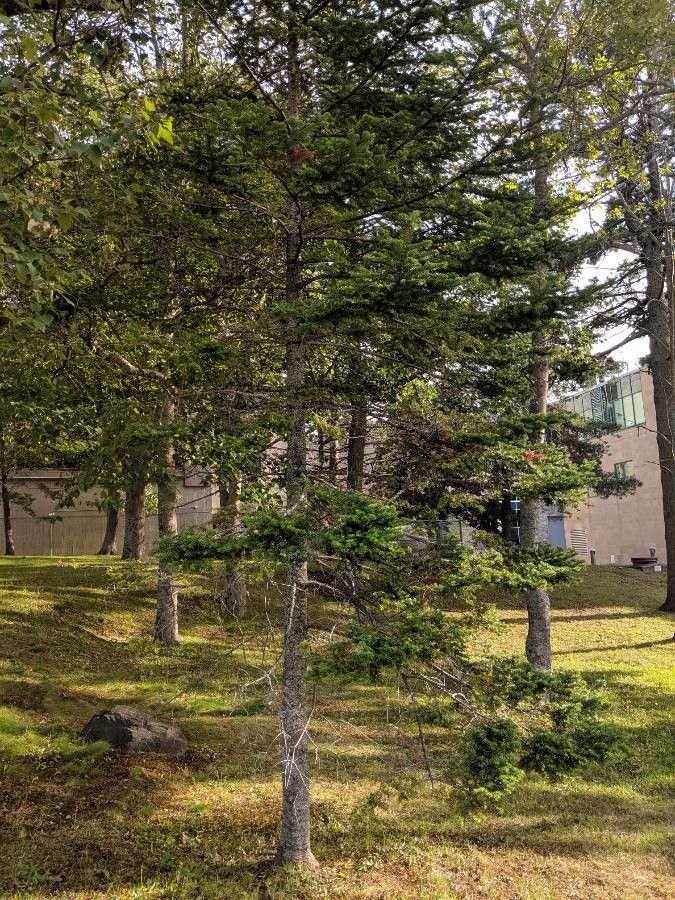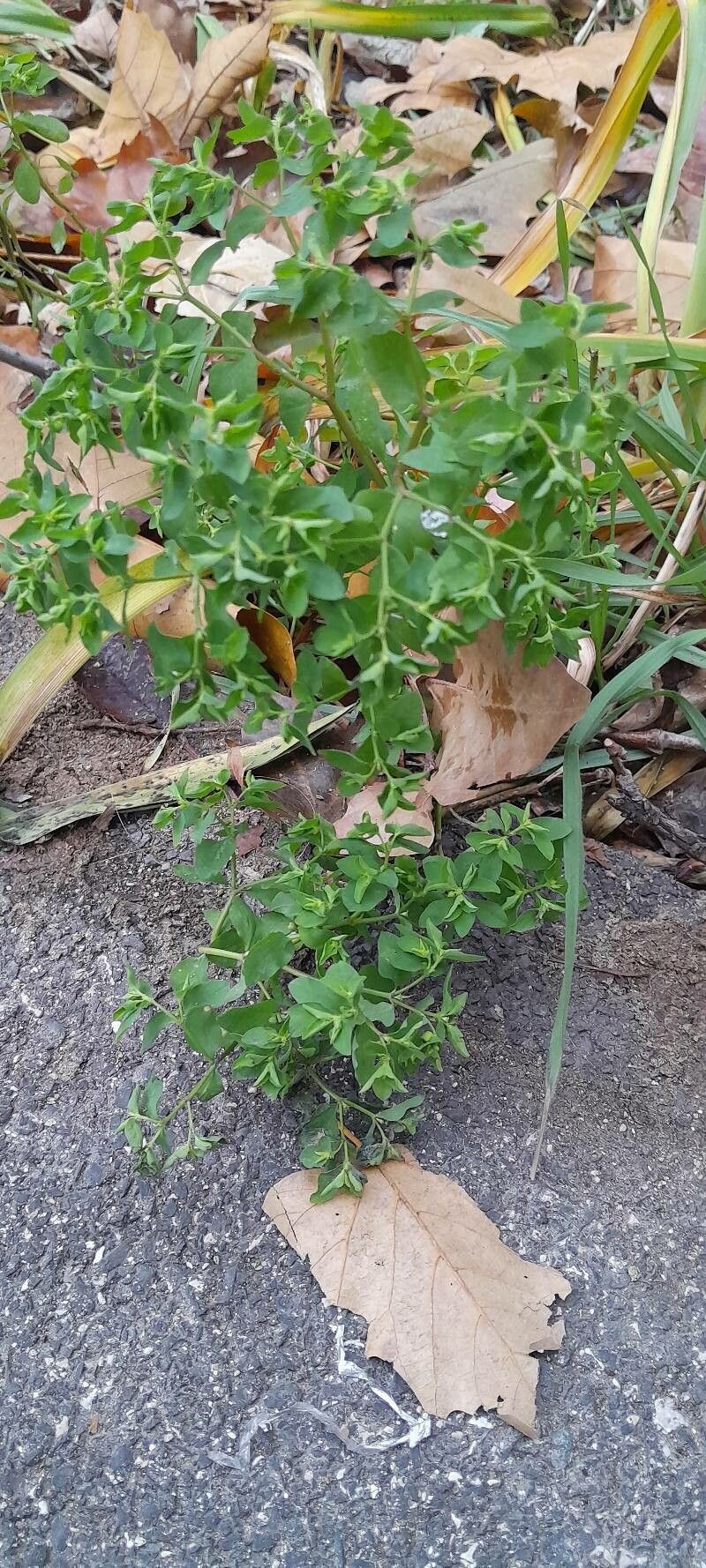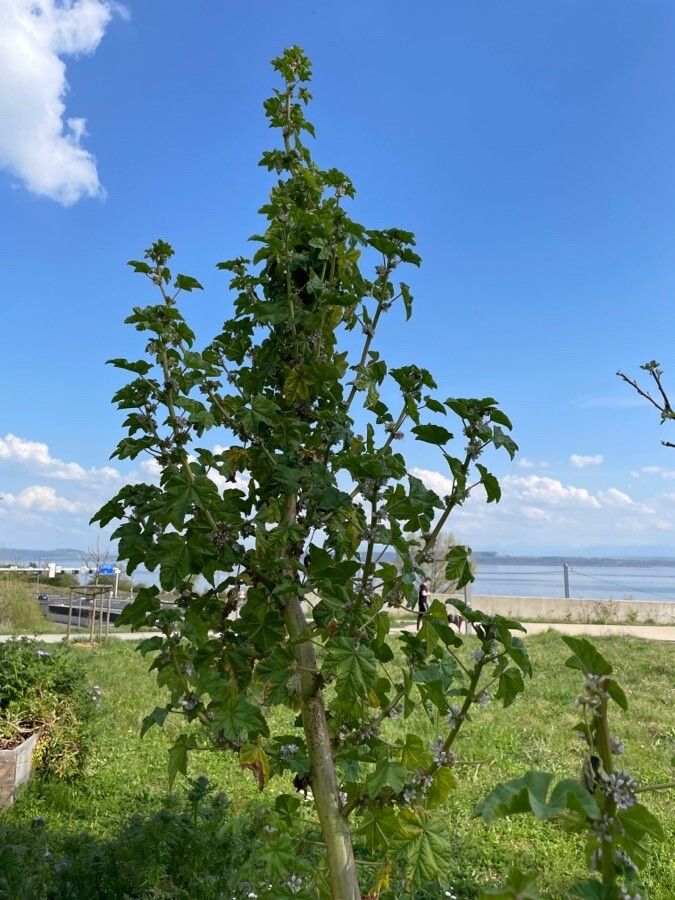### Canada Balsam: A Comprehensive Guide to *Abies balsamea*
Canada Balsam, scientifically known as *Abies balsamea*, is a captivating evergreen coniferous tree belonging to the Pinaceae family. Native to the cooler regions of North America, this elegant fir tree is a beloved sight in many landscapes and holds significant historical and cultural importance. This guide delves into the fascinating world of Canada Balsam, providing detailed information on its characteristics, cultivation, and uses.
### Habitat and Growth
Canada Balsam thrives in cool, moist environments, typically found in boreal forests and mountainous regions across Canada and the northeastern United States. It prefers acidic, well-drained soil rich in organic matter. These trees are shade-tolerant, particularly in their younger years, but benefit from partial sun exposure as they mature. They can grow to heights of 13-20 meters (43-66 feet), exhibiting a pyramidal shape with horizontal branches.
### Distinguishing Features
Identifying Canada Balsam is relatively straightforward. Its needles are short, flat, and fragrant, with a distinctive resinous aroma when crushed. The cones are upright and cylindrical, disintegrating on the branch leaving behind the upright central axis. The bark of young trees is smooth and gray, gradually becoming rough and furrowed with age. The resin extracted from its blisters is known as Canada balsam, a historically significant material used in microscopy and various other applications.
### Cultivation and Care
Cultivating Canada Balsam requires a strategic approach to ensure its healthy growth. Planting should occur in well-drained, slightly acidic soil in a location with partial shade to full sun. Consistent watering, particularly during dry spells, is crucial, especially for younger trees. Mulching around the base helps retain soil moisture and suppress weeds. While relatively resistant to pests and diseases, occasional inspection for common fir tree problems is recommended.
### Uses and Applications
Canada Balsam has been used for centuries, with its resin playing a significant role in various applications. Historically, its resin was used to create a mounting medium for microscope slides, due to its optical clarity and refractive properties. The wood of Canada Balsam is also used in crafts and woodworking projects, and it remains a popular choice as a Christmas tree, prized for its fragrance and beautiful shape.
### Conclusion
Canada Balsam, with its striking beauty and historical significance, is a remarkable addition to any landscape suited to its needs. By understanding its growth habits, care requirements, and unique properties, gardeners and enthusiasts alike can fully appreciate and successfully cultivate this magnificent evergreen tree.
Remember always to check with your local gardening experts and nurseries to determine suitability to your unique climate and conditions.
Canada Balsam: Growing Guide & Care Tips

Frequently Asked Questions
How to grow Canada Balsam in my garden?
Plant Canada Balsam in well-drained, slightly acidic soil with partial shade to full sun. Water consistently, especially when young, and mulch around the base to retain moisture. Choose a location sheltered from harsh winds.
What are the uses of Canada Balsam?
Historically, the resin was a key mounting medium for microscopy slides. Today, its wood is used in woodworking and crafts, and it's a popular Christmas tree.


